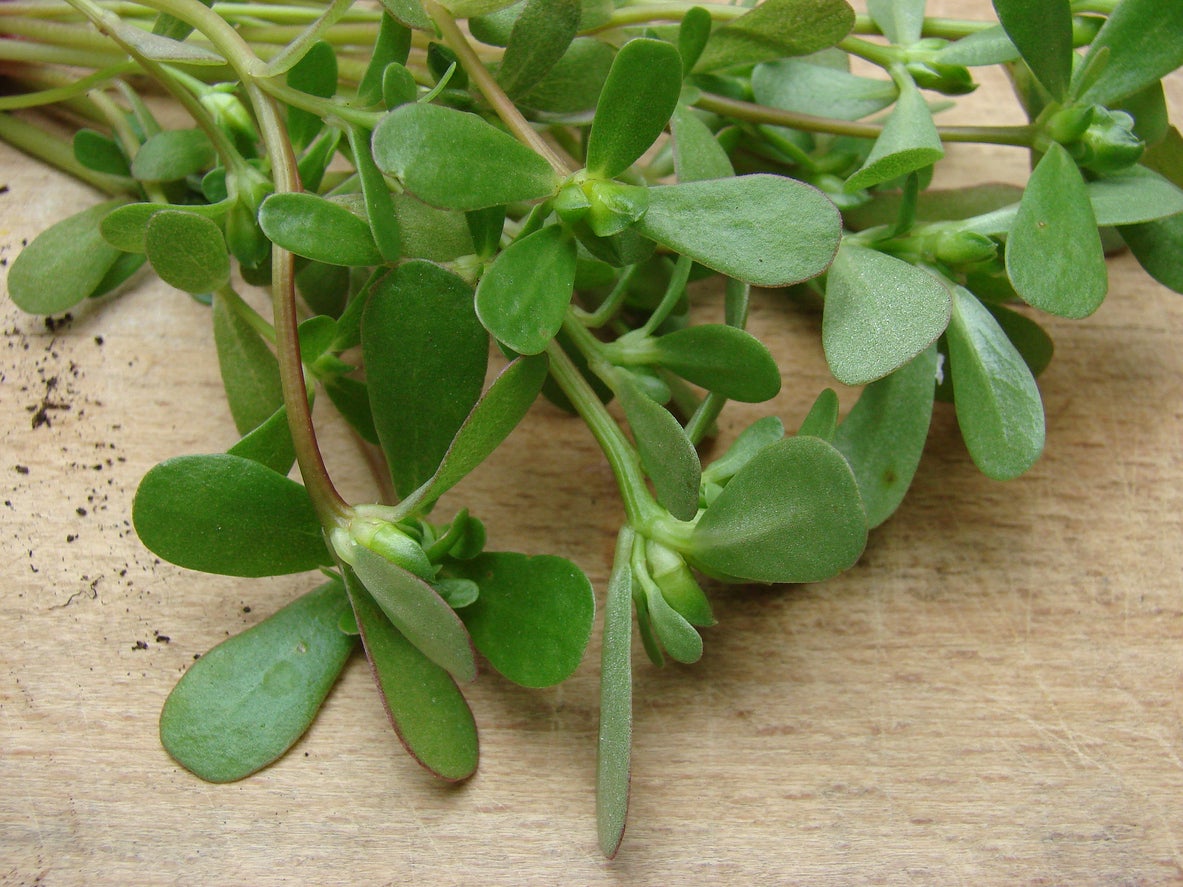Can You Eat Succulents: Information About Edible Succulents You Can Grow


If your succulent collection seems to grow disproportionately to your other houseplants, you may hear comments like, why do you have so many? Can you eat succulents? Maybe you’ve not heard that one yet, but it never hurts to be prepared with an answer. You may even be surprised at the answer.
Seriously, has it occurred to you to eat your succulent plants? Research indicates that there are several types of succulents you can eat. Let’s take a look at edible succulents.
Eating Succulent Plants
Not only are some succulent plants edible, but they provide some nutritional elements to your diet. Some are said to lower cholesterol and blood pressure and reduce coughing. Here are some of the types of succulents you can eat:
- Sedum: Among the largest group of succulent plants, there are likely several types of sedum in your collection. These low-maintenance specimens are said to be edible. The yellow-flowering types should be cooked before consuming. You may add leaves, flowers, stems, or even seeds to salads and smoothies. These have a slight peppery taste. Some are bitter. This bitterness can be reduced by stir-frying or steaming.
- Prickly Pear Cactus: A favorite ornamental plant, prickly pear is known for its juicy and edible fruits. Peel and eat raw or grilled. This provides the body with vitamin C and beta-carotene that improves vision and decreases inflammation. The pads are edible too.
- Dragon Fruit: Another commonly grown succulent is the pitaya dragon fruit. Scoop out the white pulp and consume raw. You may also add to smoothies or soups. Antioxidant rich and promotes good bacteria in the gut.
- Salicornia: This succulent plant can be eaten raw or cooked. Similar to spinach, it can be eaten the same way. Sauté it or add it to salads uncooked.
- Purslane: Whether you think of it as a weed in the garden or choose to grow it, purslane (Portulaca oleracea) makes a nice substitution for spinach, eaten raw or cooked.
Eating succulent plants may not be the best result of your time and the care spent on growing them. However, it is an interesting fact and something you may want to share with succulent-growing friends. If you do choose to sample your succulent leaves, be sure to research first to see how they should be prepared.
Disclaimer: The content of this article is for educational and gardening purposes only. Before using or ingesting ANY herb or plant for medicinal purposes or otherwise, please consult a physician, medical herbalist, or other suitable professional for advice.
Sign up for the Gardening Know How newsletter today and receive a free copy of our e-book "How to Grow Delicious Tomatoes".

Becca Badgett was a regular contributor to Gardening Know How for ten years. Co-author of the book How to Grow an EMERGENCY Garden, Becca specializes in succulent and cactus gardening.